The Estación Indianilla Cultural Center is today primarily visited for the historical nature of the building that houses it. With a museum dedicated to antique toys and cultural items, there’s also usually a display resulting from the center’s courses in lithography, engraving, and book-related arts.
The center re-opened its doors in 2006. The building, though, dates from the end of the 19th century. It was built in 1880 to house a streetcar assembly plant and maintenance yard. The giant electrical generation equipment (pictured) remains from the early 20th century when it was used to power the streetcars.
The building remained an important part of the City streetcar network for most of the early 20th century. By 1953, the facility provided the set for Spanish filmmaker Luis Buñuel’s La ilusión viaja en tranvía (Illusion travels by streetcar). It remained a streetcar garage until 1985 when the building was entirely abandoned. It then served as a City document archive for some 20 years.
Today, the center has giant rooms dedicated to the display of some 600 art-objects and toys. The main hall also hosts an exhibition of works by 20th-century artists as well as ongoing exhibits of photography and printmaking.
The Estación Indianilla is today very much a center of Colonia Doctores cultural life. And this is a neighborhood very much on the rise as neighboring Roma Norte reaches saturation level development. It’s just a few minutes walk north of Metro Niños Héroes. The corner of the Avenida Niños Héroes with Calle Claudio Bernard is practically the center of the Ciudad Judicial a complex of city judicial and court buildings.
 estacionindianillacc@gmail.com
estacionindianillacc@gmail.com
 55 5761 9058/55 5761 8923
55 5761 9058/55 5761 8923
 https://www.facebook.com/EstacionIndianilla
https://www.facebook.com/EstacionIndianilla

Nearest at 0.26 kms.
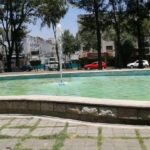
Nearest at 0.32 kms.

Nearest at 0.38 kms.
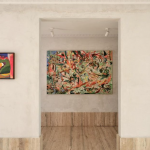
A newly created space for an outstanding collection of postwar abstract works by women artists . . .
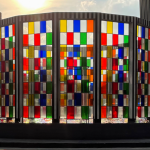
An impressive contemporary art museum in an inspiring context . . .
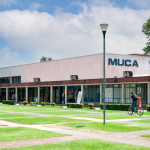
One of the UNAM's best loved and most central art museums . . .

The National Art Museum in Mexico City's Centro Histórico is always going to be a holiday highlight.
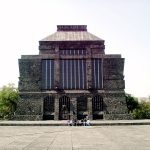
Initially intended as but one part of a City of the Arts, today's Anahuacalli Museum is a far more contemporary space than you might imagine.